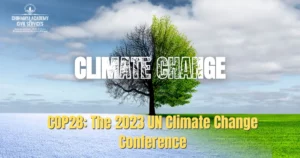Skip to content
Green rush: RE funding surges past 83%
COP28: The 2023 UN Climate Change Conference
Air Pollution and Delhi Government
Loss and Damage’ funds of UNFCCC
Reroute rail track through gibbon sanctuary
Antarctica’s melting sea ice killed thousands of emperor penguins chicks
Japan releases water from Fukushima plant
. Himalayan States Environmental concerns vs development
How to make Urea more efficient as a fertilizer
Improving the habitat key to increasing their numbers of Tiger
Nasal turbinates and thermoregulation (Hypothesis)
Forest (Conservation) Act
International Tiger Day and Project Tiger
One more cheetah dies at Kuno National Park












